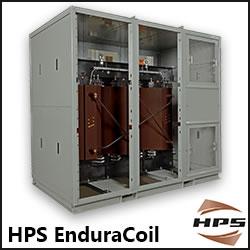The dangerous side of solar and wind power projects
They can look benign from a distance - solar panels glistening in the sun or turbines gently churning with the breeze to produce electricity for hundreds of thousands of homes. But building and maintaining them can be hazardous. Accidents involving wind turbines alone have tripled in the past decade, and watchdog groups fear incidents could skyrocket further - placing more workers and even bystanders in harm's way - because a surge in projects requires hiring hordes of new and often inexperienced workers. Last year, the solar industry grew 67 percent and doubled its employment in the U.S. to 100,000 workers, according to the Solar Energy Industries Association. The wind industry supports more than 75,000 jobs. "We're hearing about more and more incidents," said Lisa Linowes, executive director of watchdog organization Industrial Wind Action Group. "One of these days, a turbine's going to fall on someone." Many wind turbine technicians work in a bathroom-size space 20 stories above ground surrounded by high-voltage electrical equipment. Some inspect turbine blades while suspended alongside them, on sites whipped by strong winds. Components can weigh more than 90 tons.
Comments (0)
This post does not have any comments. Be the first to leave a comment below.
Featured Product

